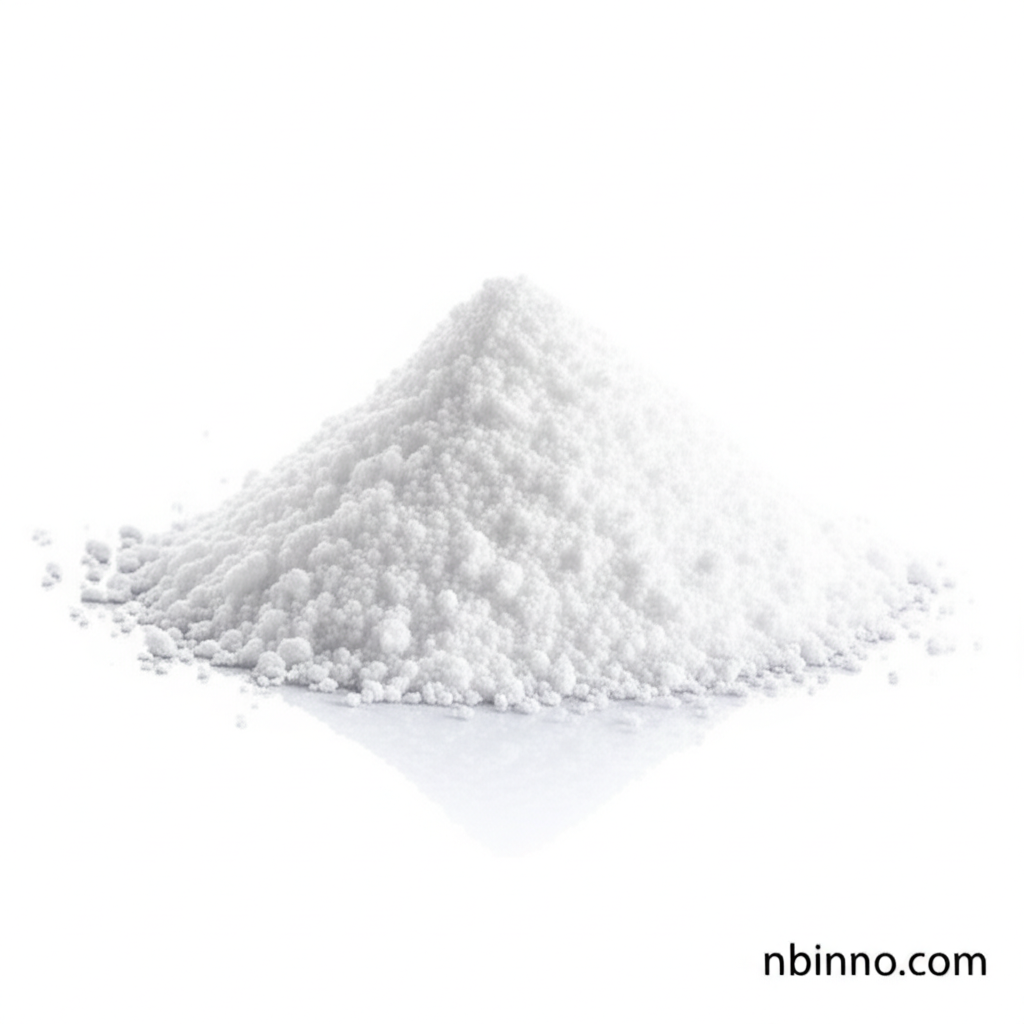Hippuric Acid (CAS 495-69-2): A Comprehensive Overview
Discover the key properties, applications, and quality of this essential fine chemical.
Get a Quote & SampleProduct Core Value

Hippuric Acid
Hippuric acid, identified by CAS number 495-69-2, is a crucial compound in the realm of fine chemicals. Its chemical structure, C9H9NO3, with a molecular weight of 179.17 g/mol, underpins its utility in various chemical processes. This white solid is valued for its specific properties and is a sought-after material for advanced applications.
- Explore the synthesis applications of hippuric acid to understand its role in creating complex organic molecules.
- Learn about buying hippuric acid online and the considerations for sourcing high-quality material.
- Understand the importance of the hippuric acid CAS 495-69-2 price in procurement decisions for research and development projects.
- Delve into the benzoylglycine chemical properties to appreciate its reactivity and stability.
- Discover why sourcing from a reliable fine chemical intermediates supplier is critical for consistent project outcomes.
Product Advantages
High Purity and Quality
With a purity of typically 97.5% or higher, hippuric acid ensures reliable results in your synthesis applications, contributing to the overall quality of your final products.
Versatile Building Block
As a key fine chemical intermediate, its structure makes it an excellent building block for a wide range of organic syntheses, facilitating the creation of new compounds.
Stable Physical Properties
Possessing a defined melting point between 188-191 °C and a pH of 2.5-3.5 in a 10 g/l aqueous solution, it offers predictable performance in various chemical reactions.
Key Applications
Organic Synthesis
Hippuric acid serves as a fundamental component in numerous organic synthesis pathways, enabling chemists to build complex molecular structures efficiently.
Chemical Research
Researchers utilize hippuric acid for its well-defined properties in exploring new chemical reactions and developing novel compounds, aiding scientific advancement.
Fine Chemical Manufacturing
As a fine chemical, it plays a role in the broader chemical industry, supporting the production of various specialized chemical products and intermediates.
Laboratory Use
Its availability and characteristic properties make it a standard reagent for many laboratory procedures and analytical methods within chemical sciences.
